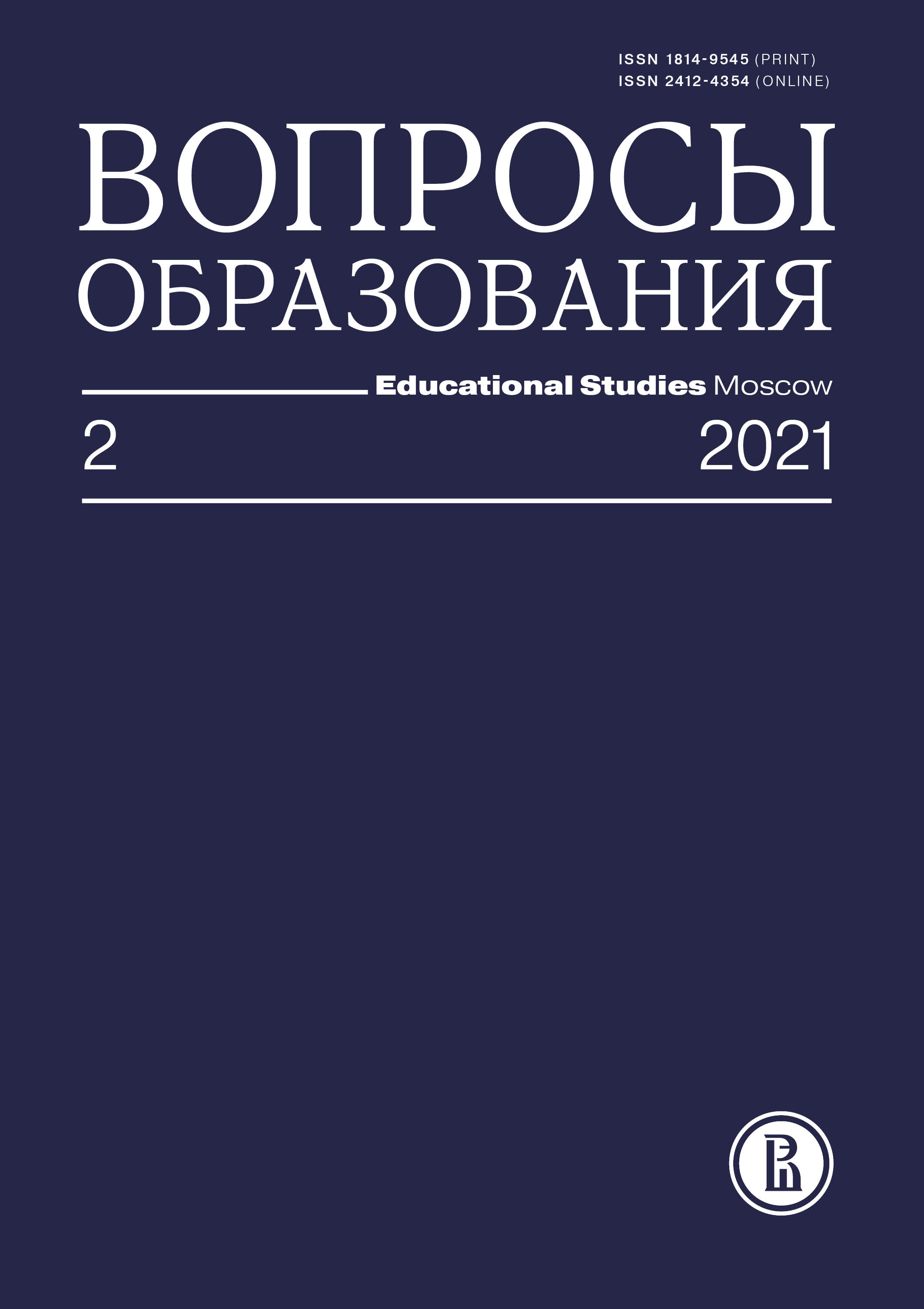The Non-Bypass Trajectory, or The Boom in Demand for TVET in Russia
Abstract
Since the mid‑2010s, Russia has been witnessing a redistribution of student flows between higher education and TVET (Technical and Vocational Education and Training), more and more school leavers applying to TVET institutions. Postsecondary educational choices are closely associated with socioeconomic status of the family, so changes in the patterns of educational transitions may indicate both changes in the education system and shifts in the national socioeconomic system. In available literature, the growing enrollment in TVET is mostly explained by “push” factors repulsing students out of secondary and higher education systems and by the so-called “bypass maneuver” of accessing college via TVET that is popular among Russian school leavers.
This article attempts to find out whether the demand for TVET is actually increasing, what may stand behind it apart from the factors within the education system, and whether there is a socioeconomic dimension to this change. Research results allow debunking the myth of the TVET sector growing by virtue of using TVET programs as a springboard to college. Demand for vocational educational trajectoriesis growing beyond the “bypass maneuver” — not only among middle school graduates, who are at the main fork in educational trajectories, but also among highschool leavers. Changes in the demand for TVET programs has exposed rigidity of the TVET system, which manifests itself in enrollment capacity being unable to satisfy the demand for particular specialization, excessive growth in tuition-based enrollment, and the “invisible” demand from high school leavers. The increasing popularity of the vocational track results from the mutually reinforcing factors in the education system, negative economic growth, and labor market situation. The most important trigger behind the growing demand for TVET is the shrinkage of household disposable income: coupled with reduced access to higher education, it “pushes” school leavers with low socioeconomic status out of the academic track.









